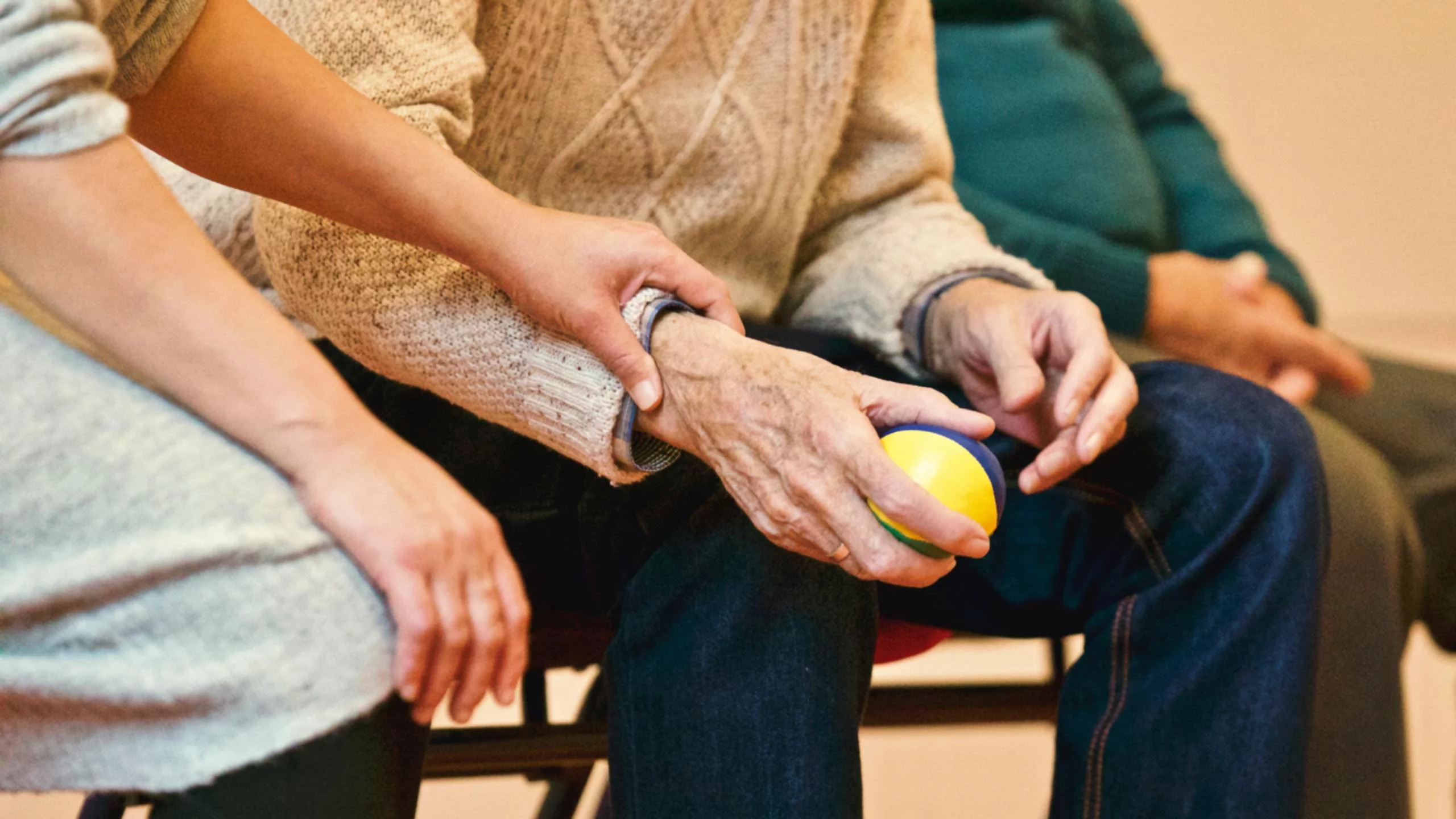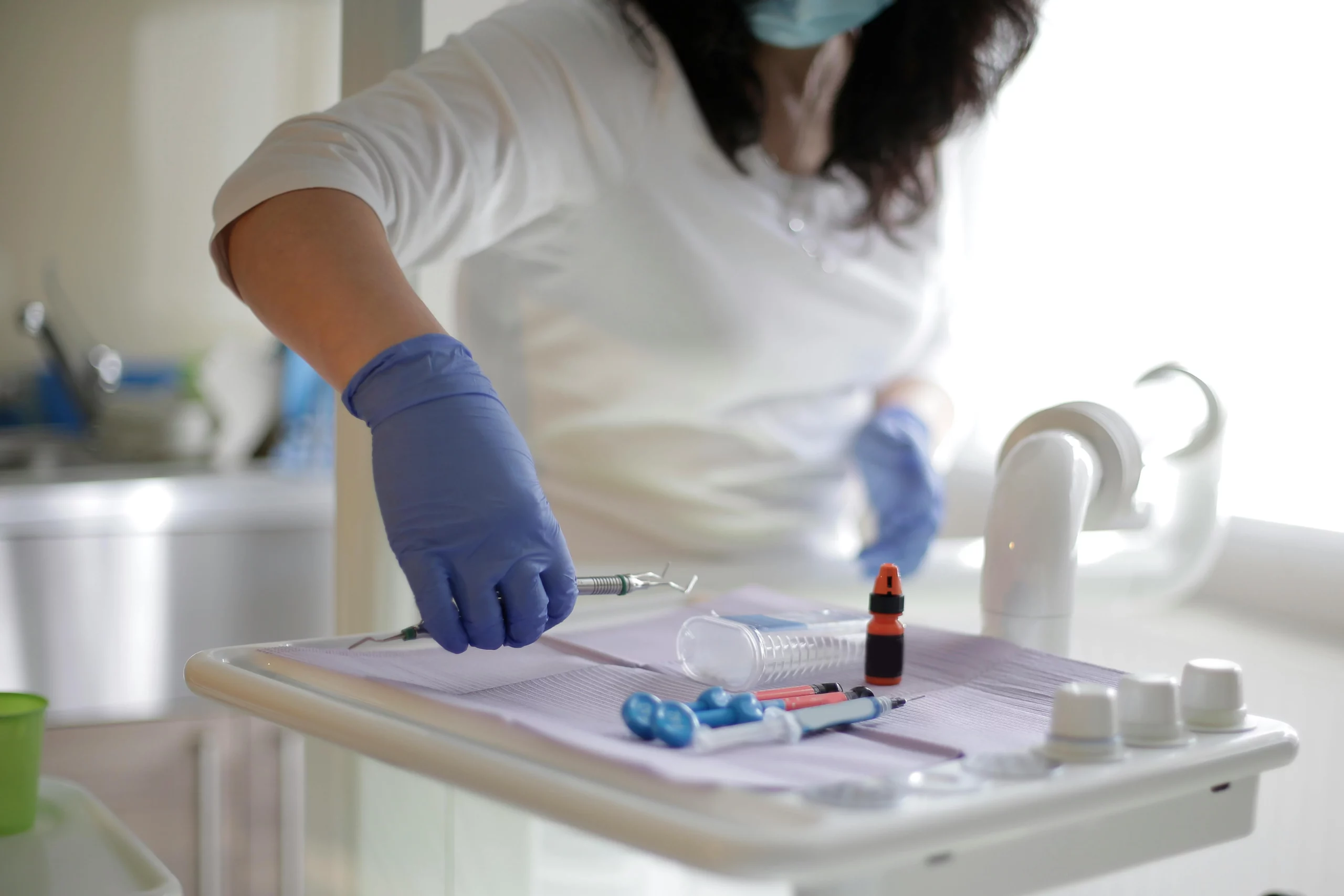What is a Medical Illustrator?
A Medical Illustrator is a professional artist with specialized training in both the life sciences and visual communication. Medical Illustrators combine their artistic talents with scientific knowledge to produce accurate and informative visual representations of complex medical and biological concepts. They work closely with healthcare professionals, researchers, educators, and publishers to create illustrations, animations, and multimedia presentations that enhance understanding and communication in the medical community.
Medical Illustrator Job Description
We are currently seeking a talented and detail-oriented individual to join our team as a Medical Illustrator. As a crucial member of our medical communications department, the successful candidate will utilize their artistic skills and medical knowledge to create visually compelling illustrations and graphics for a variety of educational, promotional, and instructional materials in the healthcare field.
As a Medical Illustrator, you will have the opportunity to collaborate with interdisciplinary teams, contribute to the development of medical education materials, and play a pivotal role in conveying complex medical information to diverse audiences.
The ideal candidate will possess exceptional artistic abilities, anatomical knowledge, and proficiency in digital illustration software.
What Does a Medical Illustrator Do?
- Produce accurate and visually compelling illustrations, diagrams, charts, and anatomical renderings depicting medical and scientific concepts, procedures, and structures using traditional and digital artistic techniques.
- Work closely with healthcare professionals, researchers, educators, and subject matter experts to understand complex medical topics, interpret scientific data, and translate technical information into clear and engaging visual representations.
- Design and develop medical education materials, including textbooks, journals, presentations, websites, and multimedia resources, to facilitate learning and communication in academic, clinical, and research settings.
- Create promotional materials, marketing collateral, and medical device illustrations for healthcare companies, pharmaceutical firms, and medical device manufacturers to promote products and services and educate stakeholders.
- Support scientific research projects by creating illustrations and graphics for research publications, grant proposals, conference presentations, and scientific posters to communicate research findings effectively.
- Stay abreast of advances in medical science, technology, and illustration software tools, and continually develop artistic skills, anatomical knowledge, and digital illustration techniques through professional development opportunities and self-directed learning.
- Adhere to professional standards of accuracy, scientific integrity, and ethical guidelines in medical illustration practice, ensuring compliance with copyright laws, patient confidentiality, and institutional policies.
How Much Do Medical Illustrators Make?
The median salary for Medical Illustrators in the United States is $63,476. However, salaries typically range between $55,422 and $77,836.
Skill Requirements
- Artistic Skills: Medical Illustrators must possess exceptional artistic abilities, including drawing, painting, and digital illustration, to create accurate and aesthetically pleasing medical illustrations and graphics that effectively communicate complex medical concepts.
- Anatomical Knowledge: Medical Illustrators should have a thorough understanding of human anatomy, physiology, and pathology to accurately depict anatomical structures, biological processes, and medical conditions in their illustrations and diagrams.
- Digital Illustration Software: Medical Illustrators should be proficient in using digital illustration software tools, such as Adobe Illustrator, Photoshop, and 3D modeling software, to create, edit, and manipulate medical illustrations and multimedia content.
- Scientific Literacy: Medical Illustrators must have a strong foundation in the life sciences, medical terminology, and biomedical research methods to interpret scientific data, understand medical concepts, and collaborate effectively with healthcare professionals and researchers.
- Communication Skills: Medical Illustrators should possess excellent communication skills to interact with clients, colleagues, and subject matter experts, clarify project requirements, and present visual concepts and designs in a clear and professional manner.
- Attention to Detail: Medical Illustrators must demonstrate meticulous attention to detail in creating accurate and precise illustrations, diagrams, and anatomical renderings, ensuring scientific accuracy, consistency, and quality in their work.
Example KPIs for a Medical Illustrator
- Artistic Quality and Accuracy: This KPI measures the artistic quality and accuracy of medical illustrations produced by Medical Illustrators, as evaluated by clients, subject matter experts, and peers based on visual appeal, anatomical correctness, and scientific accuracy.
- Project Timeliness and Efficiency: This KPI assesses the timeliness and efficiency of Medical Illustrators in completing projects and meeting deadlines, based on project milestones, turnaround times, and client satisfaction ratings.
- Client Satisfaction and Feedback: This KPI evaluates client satisfaction with Medical Illustrators’ work quality, responsiveness, and communication, based on client feedback, surveys, and performance reviews.
- Continuing Education and Professional Development: This KPI measures Medical Illustrators’ engagement in continuing education, professional development, and skill enhancement activities, such as attending conferences, workshops, and online courses.
- Portfolio Development and Diversification: This KPI assesses Medical Illustrators’ efforts to expand and diversify their portfolio by creating illustrations for different medical specialties, audiences, and media formats to showcase versatility and expertise.
How Can Glider AI Help You with Hiring a Medical Illustrator?
Glider’s recruitment platform is designed to prioritize competency over credentials, enabling organizations to assess candidates’ skills objectively and efficiently. Utilize Glider AI Skill Intelligence™ to streamline the hiring process, identify top-quality Medical Illustrator candidates, and ensure a mobile-first, candidate-friendly experience.
Glider AI’s Unique Features
- Verify Medical Licenses
- Validate Hundreds of Medical, Clinical, and Technical Skills
- Ensure Hiring Compliance
- Conversational Chatbot for Talent Screening
- Powerful candidate analytics
- Streamline Healthcare Hiring with AI and Automation
Go ahead and spotlight your Medical Illustrator with Glider AI today!
Schedule a Demo or contact us at info@glider.ai



